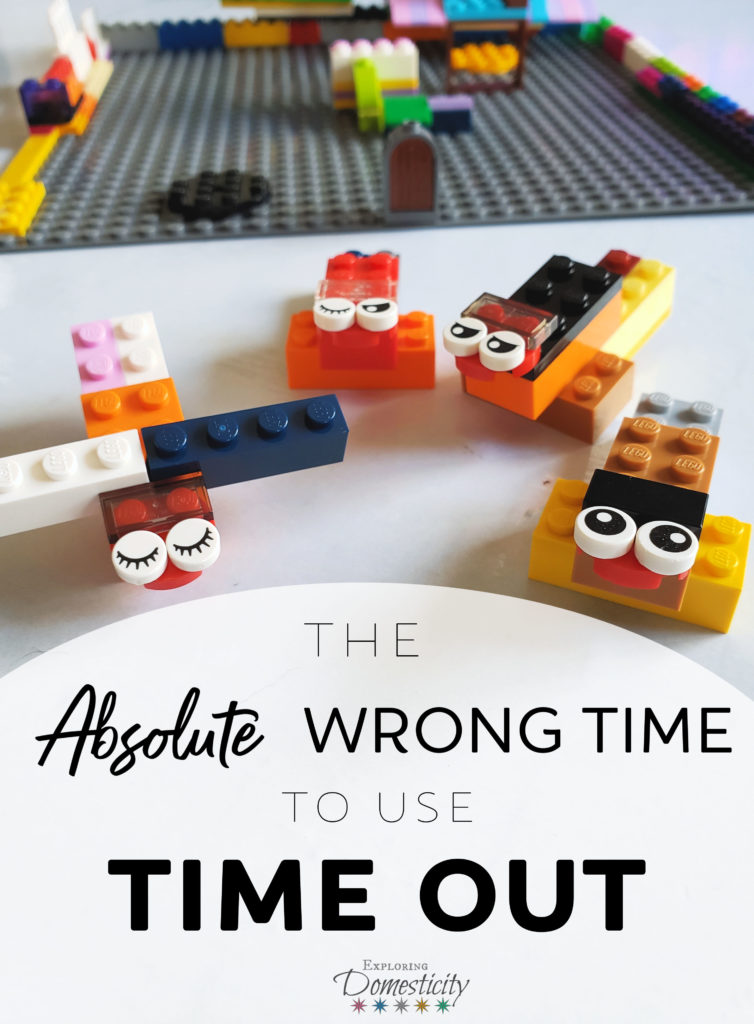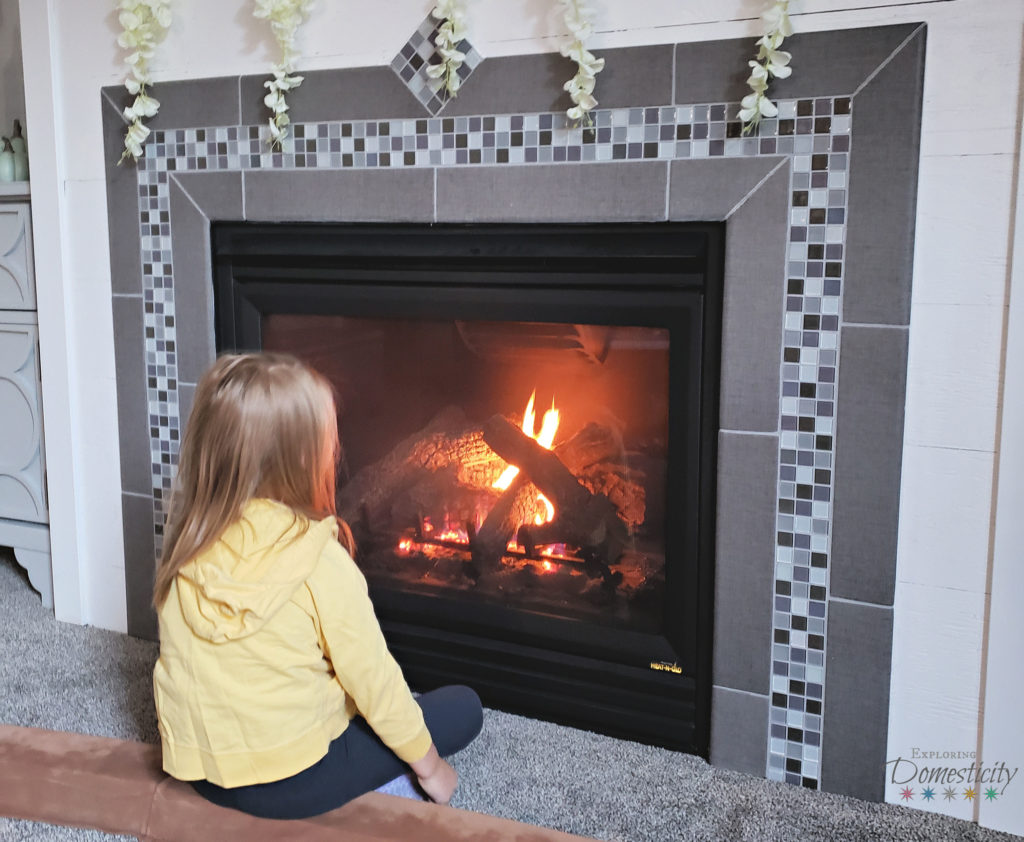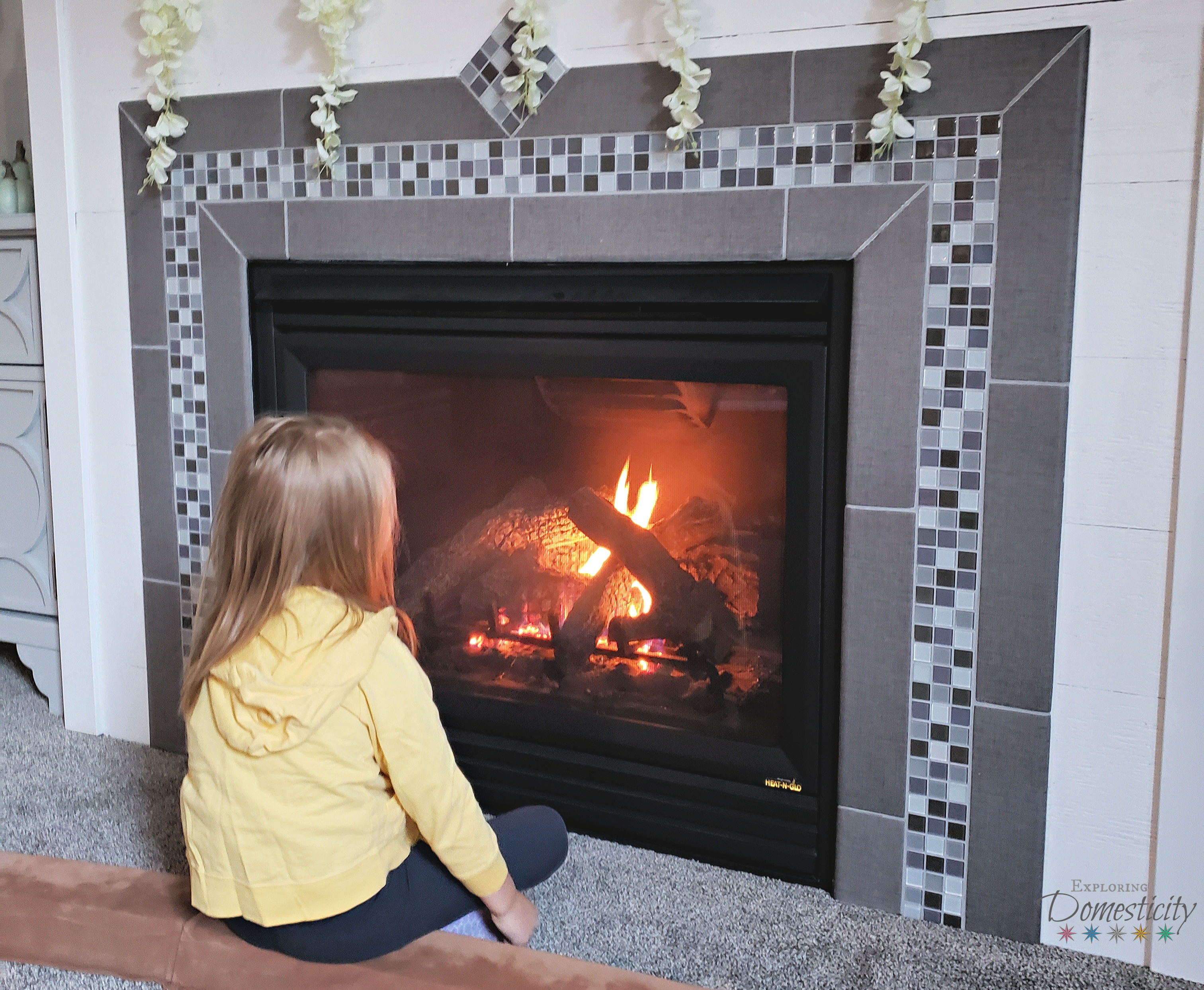Are you guilty of using “Time Out” as your go-to move? As parents we have to keep an eye out for the absolute WRONG time to use Time Out!
Our kiddos are smart cookies, and we need to stay one step ahead of those situations where Time Out actually gives them what they want.

I am not going to lie. Sending the kids to their room is a go-to move in our house. It’s essentially a Time Out, but we don’t use that term.
Time out is often really for us parents.
When the kids aren’t getting along, when things are getting too rowdy and out of hand, when no one seems to be listening… “Go to your room!” is an easy way out. And, seriously, it can be necessary for us more than the kids, and that’s ok sometimes.
However, we have to be careful. Sometimes this is actually giving the kiddos what they’re looking for.
A classic example happened just the other day in our house.
Our Little Lady is the queen of making a mess everywhere she goes. You can follow her path through the house by the destruction.
My husband and I were struggling to get her to clean up everything she had taken out in the living room, but she was arguing with her brother and dragging her feet. Finally, when my husband had had enough out came the, “that’s it! go to your room!”
In those moments we have to think about what’s happening.
She wasn’t interested in cleaning up, and she was doing everything to avoid it. As a result, she was ordered to a “time out” and was allowed to completely leave the situation so she got exactly what she wanted.
Of course, she didn’t get to escape to her room because I quickly tacked on, “…after you finish cleaning up” to my husband’s command.

This is a pretty obvious example, but it got me thinking back to my days in school for Behavior Analysis and time working with kiddos with autism. We talked about this all the time and always made sure the consequence was appropriate for the behavior and the situation. We call it the ABCs of behavior.
Antecedent – Behavior – Consequence.
In order to deliver the right consequence, you have to figure out why the behavior is occurring.
You can learn more about the ABCs of Behavior in this article.
In the case of this example, the antecedent is that Little Lady was told to clean up her toys. It’s the absolute wrong time to use Time Out. In this situation, that would only reinforce her behavior and do the exact opposite of what we want. She will quickly learn that if she doesn’t want to clean up her mess, she can take too long, complain, or just not do as we ask and we’ll send her to her room. She not only gets to avoid cleaning, but she can make another set of messes in her room.
No good.
If your go-to is a Time Out or sending your kids to their rooms, this is something to think about.
Also read: Why we should NOT ask our kids questions
Our kiddos are pretty well-behaved and we have rarely had to do more than give them a quick couple of minutes in their room before seeing a turnaround. However, we also have to evaluate each moment and make sure our consequence fits the situation. There are times when it’s the absolute wrong time to use Time Out and, in those cases, we have to get a bit more creative.

Will the Time Out actually reinforce the behavior?
Time Out is essentially removing a child from a situation. In cases where the child does not want to do something, Time Out would be the exact definition of reinforcement. If I’m doing dishes and someone told me I could go take a break, I’d be pretty happy.
We must make sure to follow through on any demands we have placed on our children – picking up toys, finishing homework, helping around the house, etc. Until the task is finished, they should not be allowed to leave. If it does happen that they need to be removed from a situation, keep it short and return them directly to complete the task.
Escape is a powerful thing. There are many times all of us think of a break as a reward.
Our kiddos are no different. There are plenty of times when they want nothing more than to get away from something – finishing their meal, putting away clothes, or even spending time together as a family. It’s our job to figure out what is driving their behavior and make sure we’re not accidentally reinforcing it with our go-to Time Out move.
Let’s keep our eyes out for the absolute wrong time to use Time Out, and stay one step ahead of those kiddos. We got this Moms!
Also read: Kids Creativity: How to raise innovative thinkers
Is a Time Out a go-to move in your household too?
Do you have any more tips to add?













Only registered users can comment.